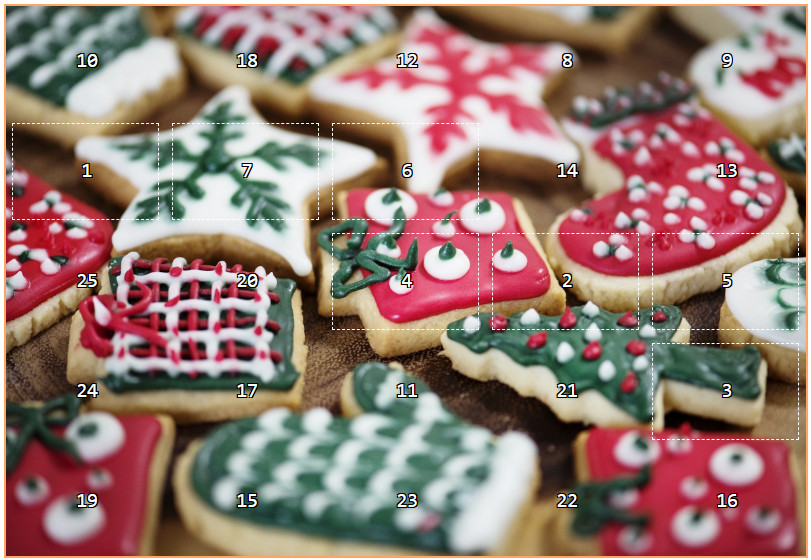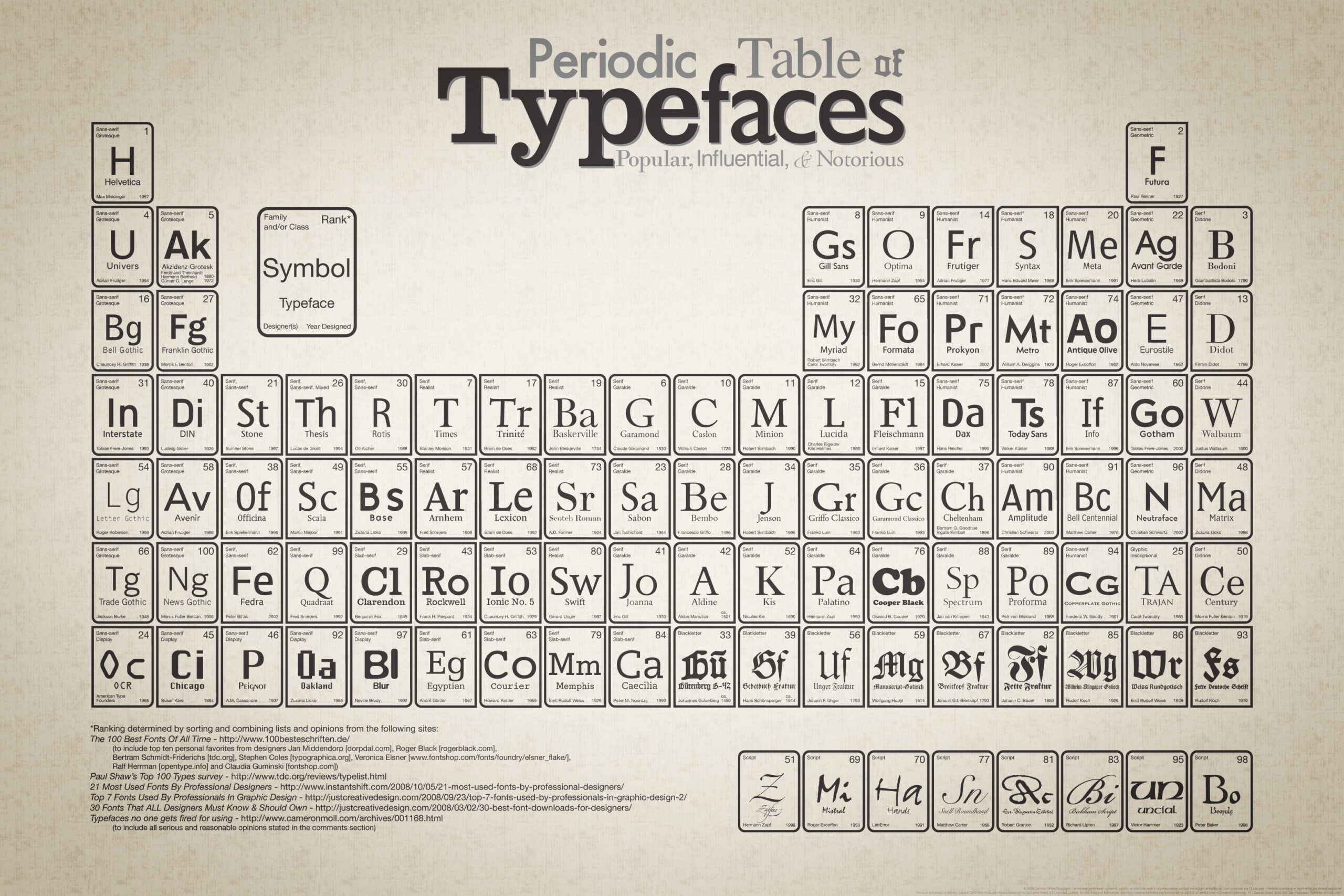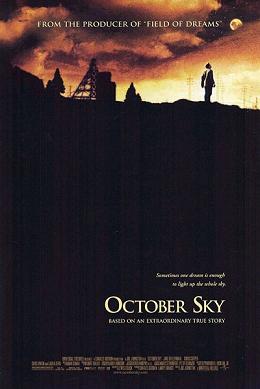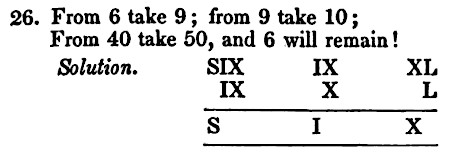Which is bigger, a jillion or a zillion? No one’s quite sure, though we all use these terms pretty readily. In 2016 Wayne State University linguistic anthropologist Stephen Chrisomalis cataloged the first appearance of 18 “indefinite hyperbolic numerals” — here they are in chronological order:
forty-leven
squillion
umpteen
steen
umpty
umpty-ump
umpty-steen
zillion
skillion
jillion
gillion
bazillion
umptillion
kazillion
gazillion
kajillion
gajillion
bajillion
The Oxford English Dictionary’s first cited usage of gajillion occurred in 1983, and they don’t yet have an entry for bajillion. So maybe that’s largest?
(Stephen Chrisomalis, “Umpteen Reflections on Indefinite Hyperbolic Numerals,” American Speech 91:1 [2016], 3-33, via Math Horizons.)






